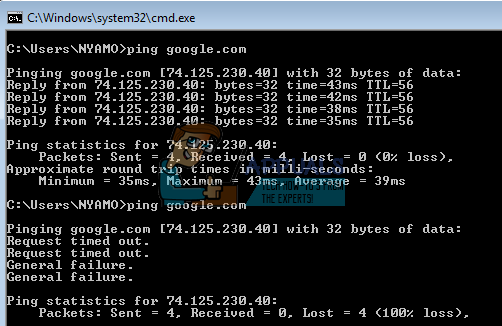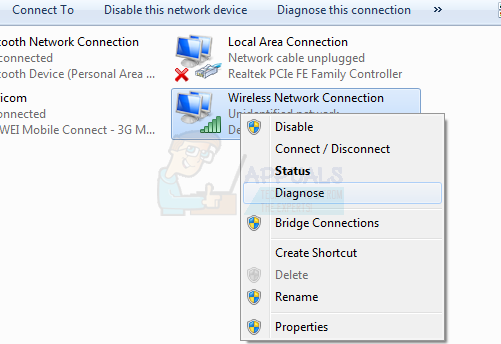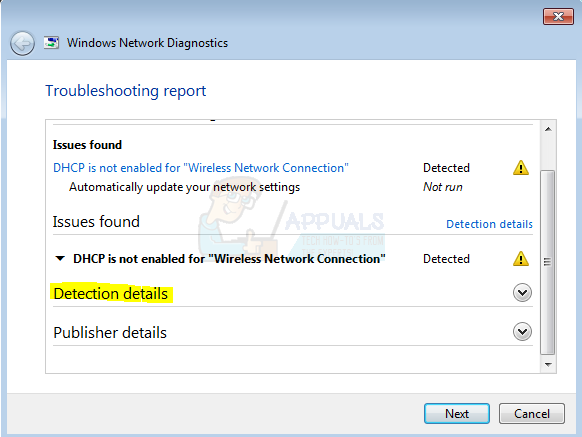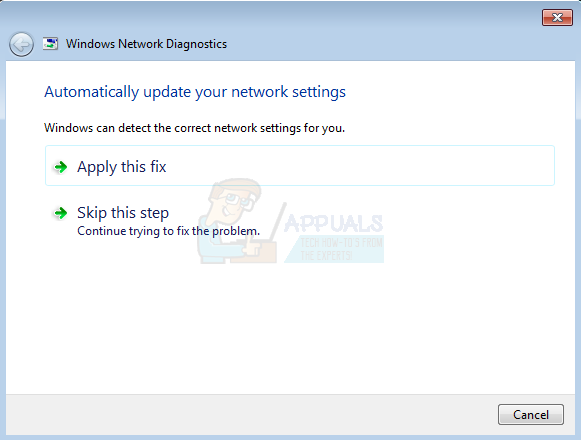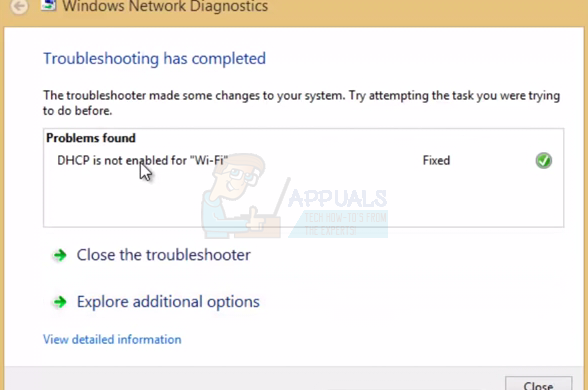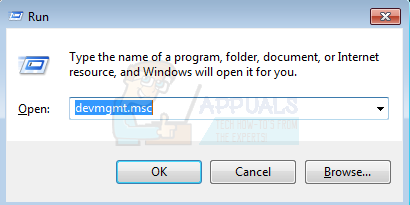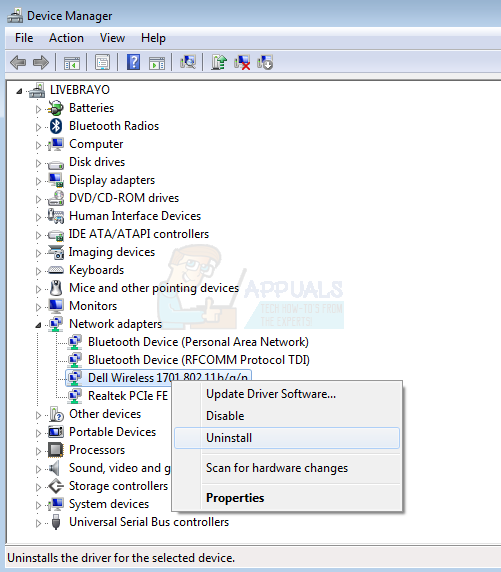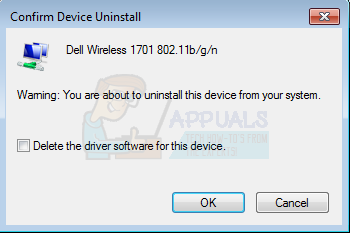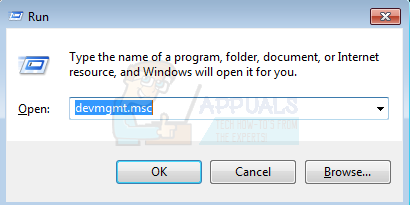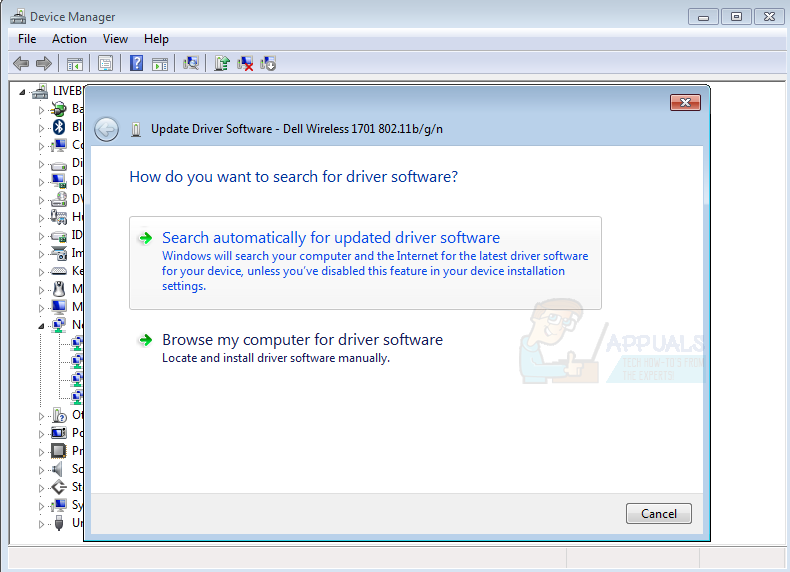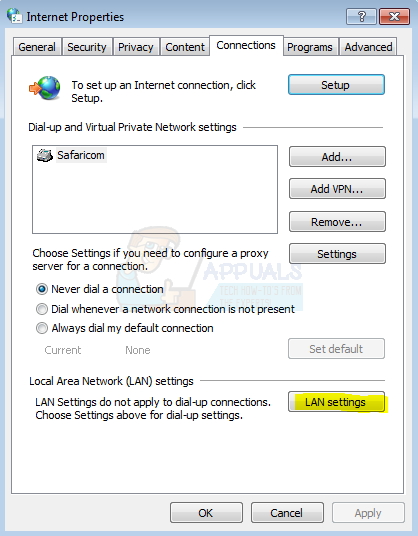The case in question here is that the user is able to find the wireless Wi-Fi connection and connect to it successfully. However, the user cannot browser on Mozilla, Chrome, IE and other browsers. Apps that require internet connection do not seem to work also. The best they can get is a connected Wi-Fi icon in the system try but with a yellow exclamation along with it. More information indicates that the connection is limited and there is no internet access. In some instances, connecting through a LAN cable will get the internet working which unfortunately creates the inconvenience of cables. More baffling is the fact that other computers and laptops seem to be working fine and are able to connect to the internet. This article will explore this issue; giving advice on how you can troubleshoot and narrow down the problem. We will also highlight what causes this problem and give step by step solutions.
Why you get a connected Wi-Fi with no Internet Access
There are several reasons why your Wi-Fi connection does not have an internet connection. The simple reasons are that your Internet Service Provider (ISP) has encountered a problem. Another simple reason is that your subscription period to the ISP might have expired. This is a case where all computers and devices show the same symptoms. If other computers and devices are able to connect to the internet, then the reasons below might be the problem on the computer.
Troubleshooting a Wi-Fi Connection with no Internet Access
If you have restarted the router and the PC, then sure enough, the fact that other computers connect to the internet can tell us that the problem resides with the faulty computer, but doesn’t help much on narrowing down the problem. Here are few more tests to identify the problem. Apart from the troubleshooting tool in the network and sharing centre (Open Run and type control.exe /name microsoft.NetworkandSharingCenter), you can start off by doing a clean boot. By loading minimal drivers and system services, you can be able to eliminate software conflict cause by internet security programs. You can also try disabling your internet security software and antiviruses. If a clean boot resolves the internet issue, then the problem might be a software conflict especially with firewall and internet security software/antivirus. With a ping test, you can be able to identify the problem. Open command line (Winkey + R > type cmd and hit enter). Type: “ping 8.8.8.8” (without the “”) if this is working (no lost packages) type “ping google.com” if this is also working contact your ISP the fault might be on their site (if the symptoms are the same for other devices); you might also be having a proxy server setting on your PC or a software conflict due to a virus of internet security program. If the first one is working but not the second one, then the DNS isn’t working and might be configured wrongly. If nothing is working you have to check the configuration on your PC and Router; this can be due to bad drivers or due to wrong IP and DNS server addresses. Below are images for successful and unsuccessful pings.
Here are the methods you might want to try to resolve this issue.
Method 1: User Windows Network Diagnostic Tool
If DHCP is disabled and you are using the wrong IP and/or DNS addresses, or you have set the wrong Proxy address, then running Windows Network Diagnostic tool will identify this problem and resolve it. To run the diagnostic:
Method 2: Set the DHCP (Dynamic Host Configuration Protocol) to enabled
Most routers provide an automatic DHCP. By obtaining IP and DNS server addresses automatically, you will not be faced with the trouble and errors of entering one manually. To manually enable and allow DHCP on your computer, follow the steps below.
Method 3: Uninstall and Reinstall Wireless Adapter Drivers
By uninstalling and reinstalling the Wireless adapter settings, you will clear any bad, corrupt or incompatible drivers. This will also reset the DNS and IP address for your Wi-Fi.
Method 4: Update Wireless Adapter drivers
In case your drivers are old or incompatible, you will need to update to the correct and compatible drivers. If you are able to get an internet connection via your LAN cable, you can connect your PC to your router via LAN for the update. If you can’t get an internet connection, you will need to search you manufacturer’s website and download the appropriate drivers. Here is our guide on identifying the Wireless drivers you need.
Method 5: Scan for malware and reset your proxy settings
If a virus attack might have changed you default proxy settings, you are not likely to get a connection since this is the default connection setting for application and browsers that have been set to use the default windows internet settings. You can scan for the malware and reset your proxy server such that you are not redirected to a proxy server.
Method 6: Reset Winsock
‘netsh winsock reset’ is a useful command that you can use in Microsoft Windows to reset winsock catalog back to default setting or clean state. You can try this if you are having Internet access or networking problems but still failing to resolve the problem after trying all other suggestions. To reset Winsock:
Method 7: Check your Router Blacklisted IP
If your device has been assigned a blocked IP, you won’t get a connection. You can see blacklisted IPs from the router settings.
Fix: DHCP is not enabled for EthernetFix: Unable to Contact your DHCP Server Error on Windows 7, 8, 10Fix: DHCP Lookup Failed in ChromebookHow to Monitor and Manage DHCP Servers in IP Address Manager


